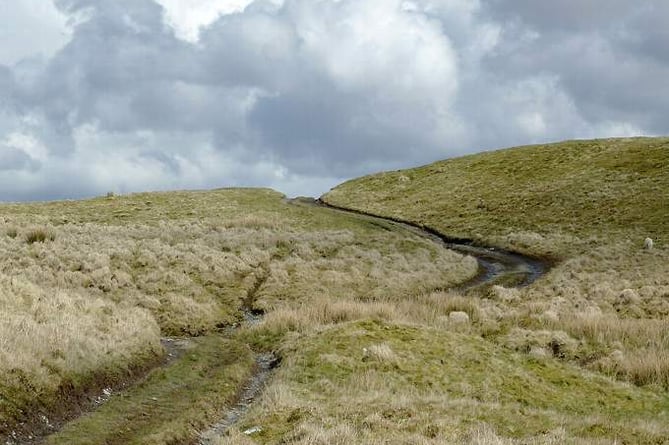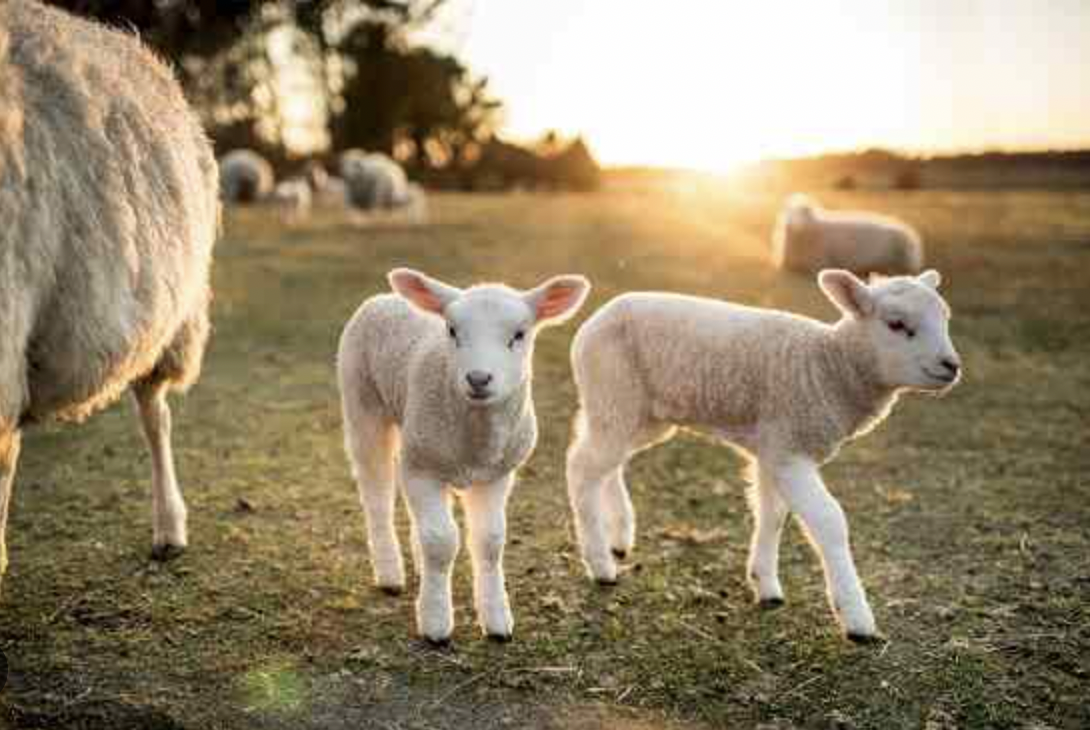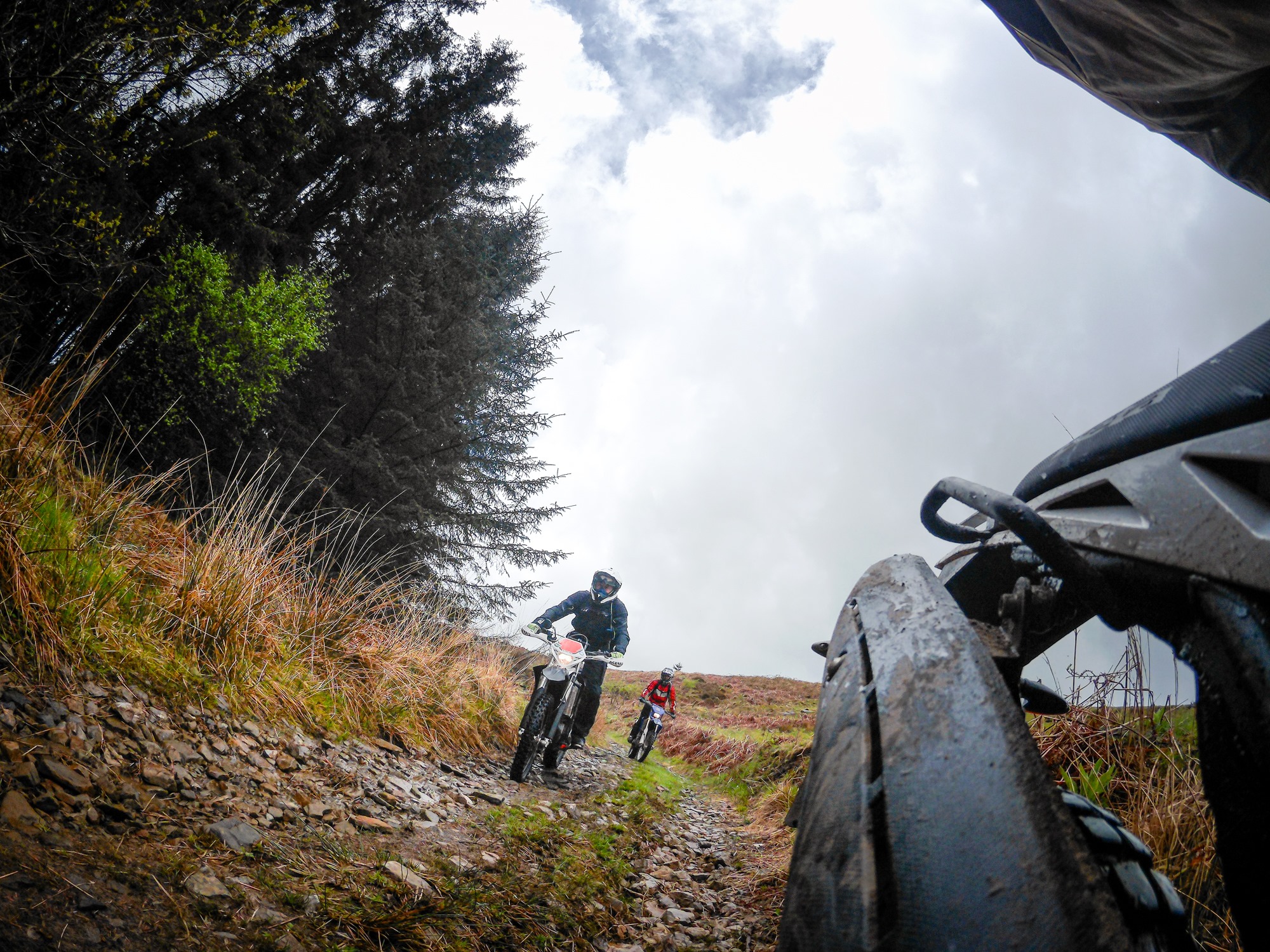
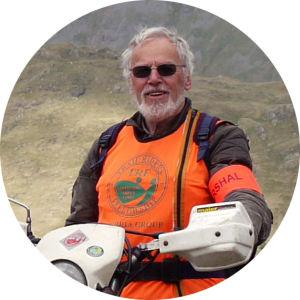
Previously Steve Stout lifted the lid on the work Cumbria & Craven TRF are doing on the ground to survey and update the unique Hierarchy of Trails system that Cumbria County Council operate. Essentially this involved 4 days of glorious trail riding, tough job!
This time, C&CTRF Chairman Steve Pighills explains what the Hierarchy of Trails is, how it came about and why it’s integral to the future of trail riding in the the Lake District and wider Cumbria region.
In the early 2000s the Lake District National Park came to the conclusion that it should have a Trails Management Strategy to reflect what it judged to be a steady increase in the use of unsealed roads in the Park by motorcycles and 4x4s.
It considered that recreational mechanically propelled vehicles (MPV) on such routes did not fit within the ethos of a National Park as a place for quiet enjoyment of the countryside, but accepted that it was a legitimate activity which could be handled with appropriate management. They took note of DEFRA's attitude that it “would not be proportionate” to ban MPVs from all unsealed roads.
Cumbria & Craven TRF Group already had a good relationship with the Park’s officers, and worked with them and other interest groups on topics such as colour-coded route classification based on sensitivity, usage, etc; on legal responsibilities such as traffic orders and maintenance; and illegal activities such as driving on bridleways, footpaths, and open fell. The Park identified and evaluated the routes which it and the TRF agreed were both legal and sustainable, and guidance notices were placed on them (some are still there, more than 10 years later). A map was created but, perhaps strangely, the Park would not allow free publication, and only allowed it to be displayed in a few key places. We think the Park thought access to mapping would encourage use, and that they discounted that without this knowledge being available, unlawful motoring was more likely.
Regular meetings to assess how things were going took place, and, overall, the last report (published in 2005) judged this Hierarchy of Trails Routes to be a successful project.
Then in 2006 came the Natural Environmental and Rural Communities Act (NERCA). This was, we consider, railroaded through Parliament with strong lobbying from groups opposed to the recreational use of MPVs on unsealed routes. They lobbied MPs with scare stories of thousands of new routes being identified for tens of thousands of scramble bikes and 4x4s to tear over. They were believed.
Against much of the Government’s original intention, the Act ended up doing great harm to our interests, including measures such as definitive map status as bridleway or footpath ‘trumping’ county road (UCR) status. There were only very limited exceptions to this, otherwise restricted byway status would apply. The date for claims based on the previous criteria we had worked with had to be made before (!) the publishing of the Green Paper which first outlined the Bill, not at Royal Assent which is almost always the rule, and was something we had no way of predicting.


Altogether the interests of recreational MPV users were seriously compromised. At a stroke we lost, except in very few cases, all the ‘dual status’ roads (BW or FP and also UCR), and all the unclaimed routes we used to ride ‘as of right’ on the basis of their originating time of mind: their origins are so far back that they have simply always been public roads. That was considerably more than half of what we used to enjoy.
It is all a lot more complicated that this brief summary, but no less terrible for our interests for all that. It was sufficient for the Park to abandon their Hierarchy, since most of the routes left were UCR only and, unlike the few remaining byways open to all traffic (BOAT), thus the responsibility of Cumbria County Council Highways Department, not the National Park Authority.
By this time I was C&CTRF’s ROW Officer, and a CCC Countryside Volunteer. With the assistance and encouragement of Geoff Wilson, who had been involved from the beginning with the Park’s HOTR, it was proposed that we develop a county-wide HOTR.
I started with the County Council’s ‘list of streets’, which has thousands of unclassified roads recorded, and first eliminated all those which were 100% tarmac. This brought the number down to a few hundred. A further filter took out all those which were irrelevant or unsuitable (e.g. farm drives and similar) leaving just over 200 routes and 200 miles to be identified on OS maps and surveyed. By late 2007 all had been checked out, and survey sheets produced with input from TRF members and some 4×4 drivers. Once again, it is a bit more complicated than that, but you will get the picture.
CCC's Countryside Access Department created a website with an explanation of the Hierarchy, advice, links, survey sheets, and most importantly mapping which can be printed off and used to highlight the routes on to an OS map. It has turned out to be one of the most ‘hit’ sites on the CCC website, and you can be assured that, if these are the routes you use, you will be legal, and if you stray away from them without consultation you won’t be, and will be doing a great disservice to all those who worked so hard to sort the information, and those at the County Council and elsewhere who cooperated with and helped us in this project.
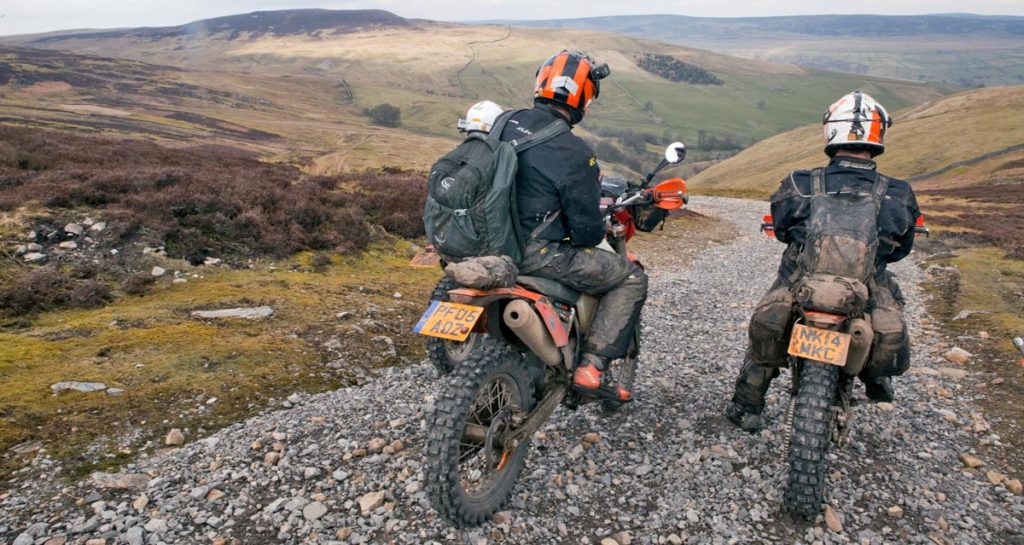
Now in 2016 we have two new challenges: one of our own making, to update the survey sheets before the winter, while the other is to cope with the expansion of the Lake District and Yorkshire Dales National Parks. There are only a few routes transferring into LDNPA, and we have an excellent relationship with them. There are however, many more north and east of the Howgills which move into the YDNPA, and this Park has traditionally not been so sympathetic to us – so watch this space!


